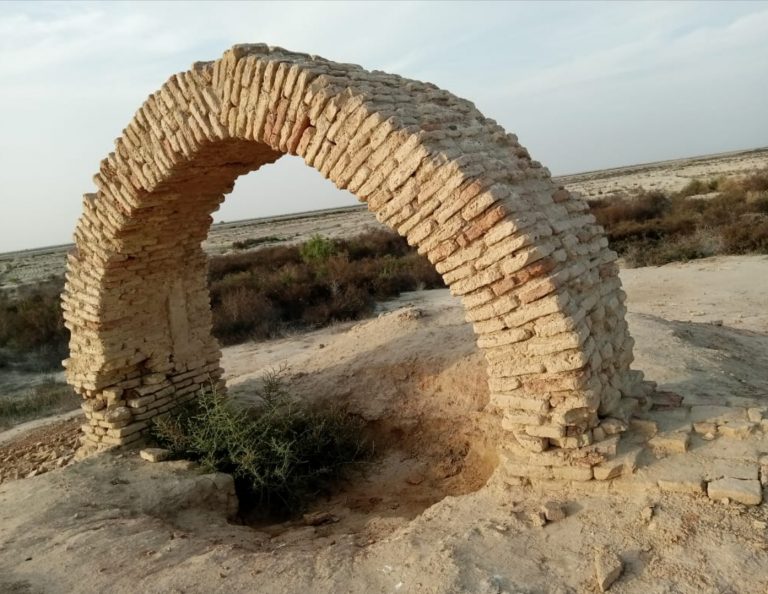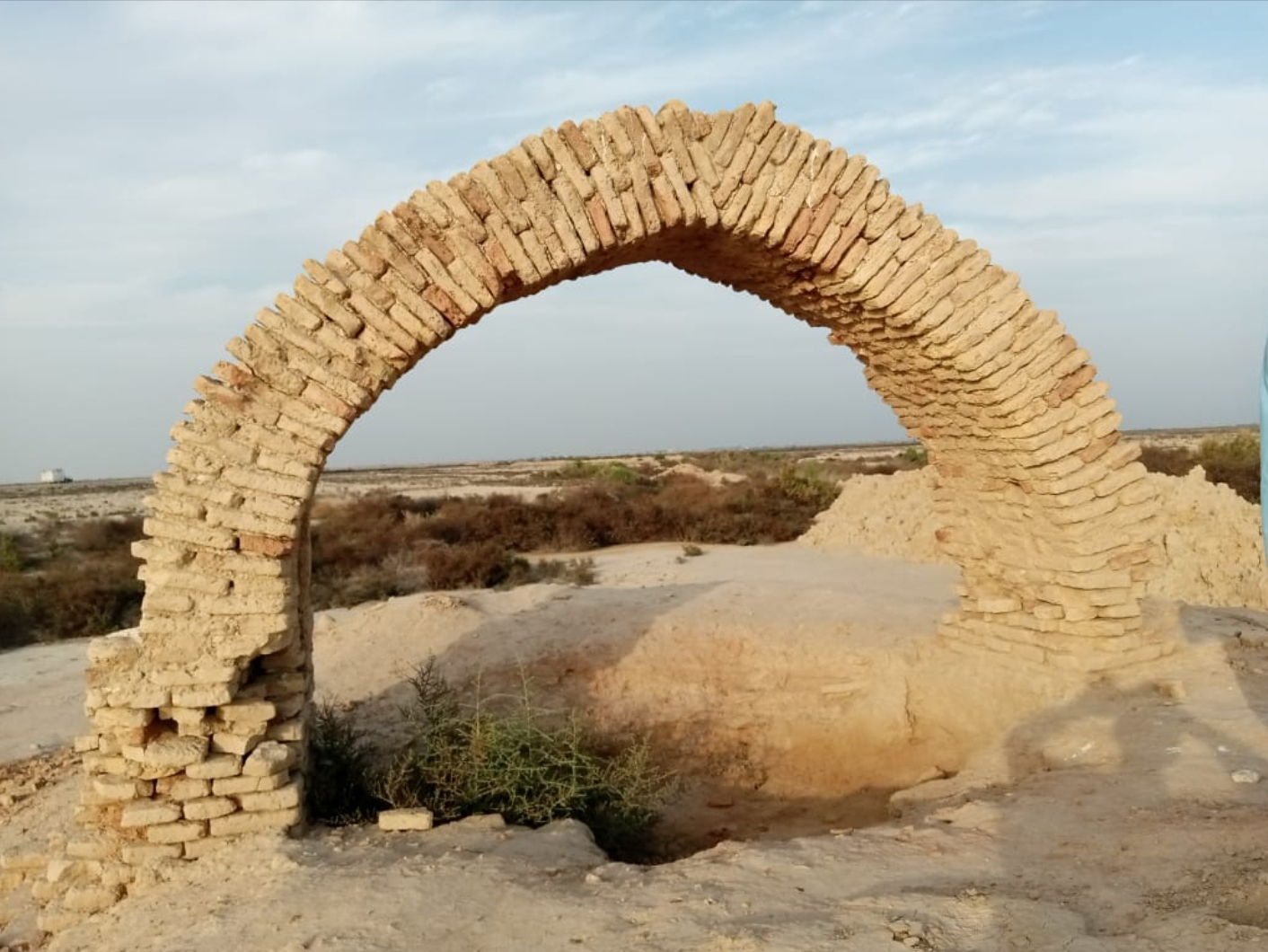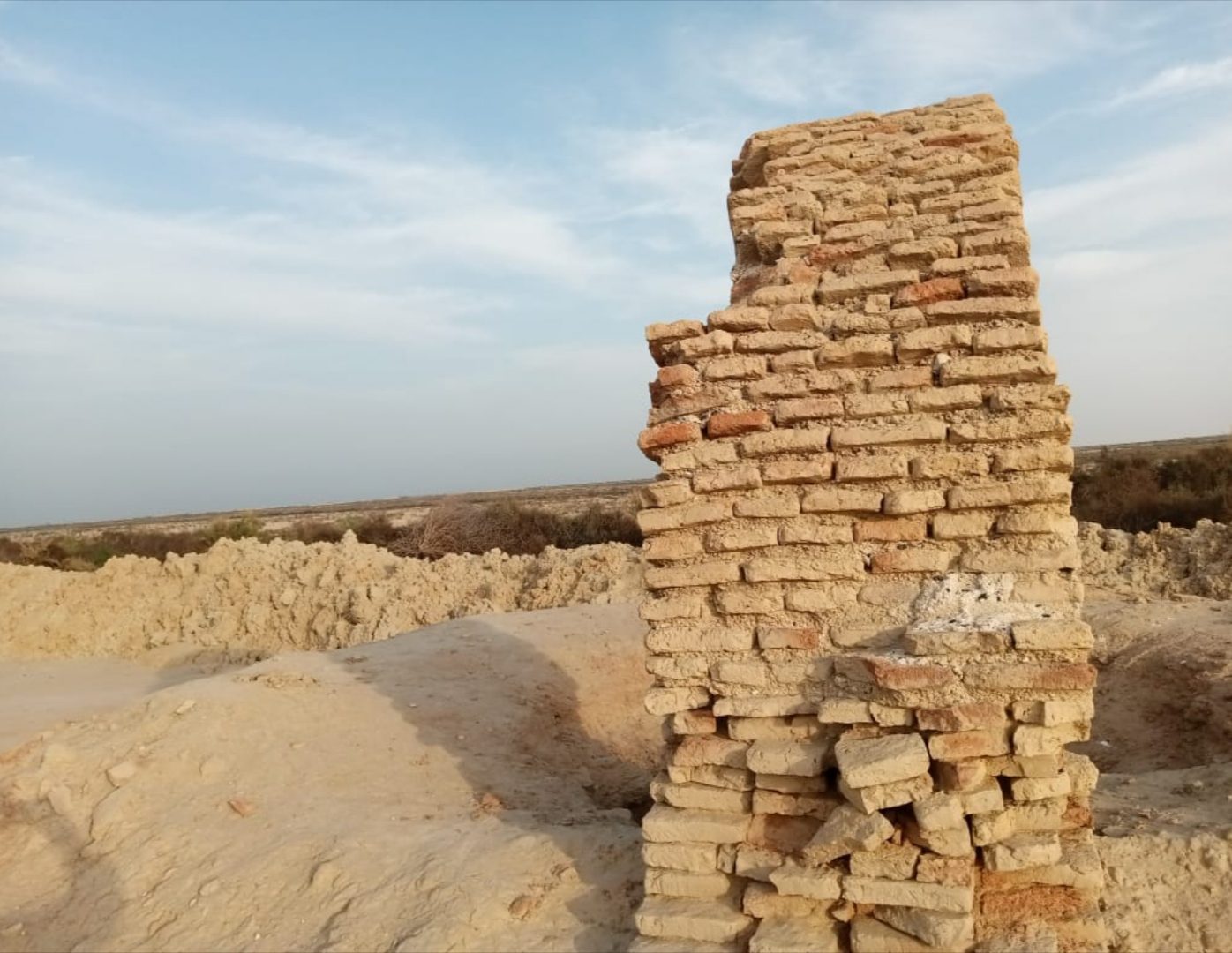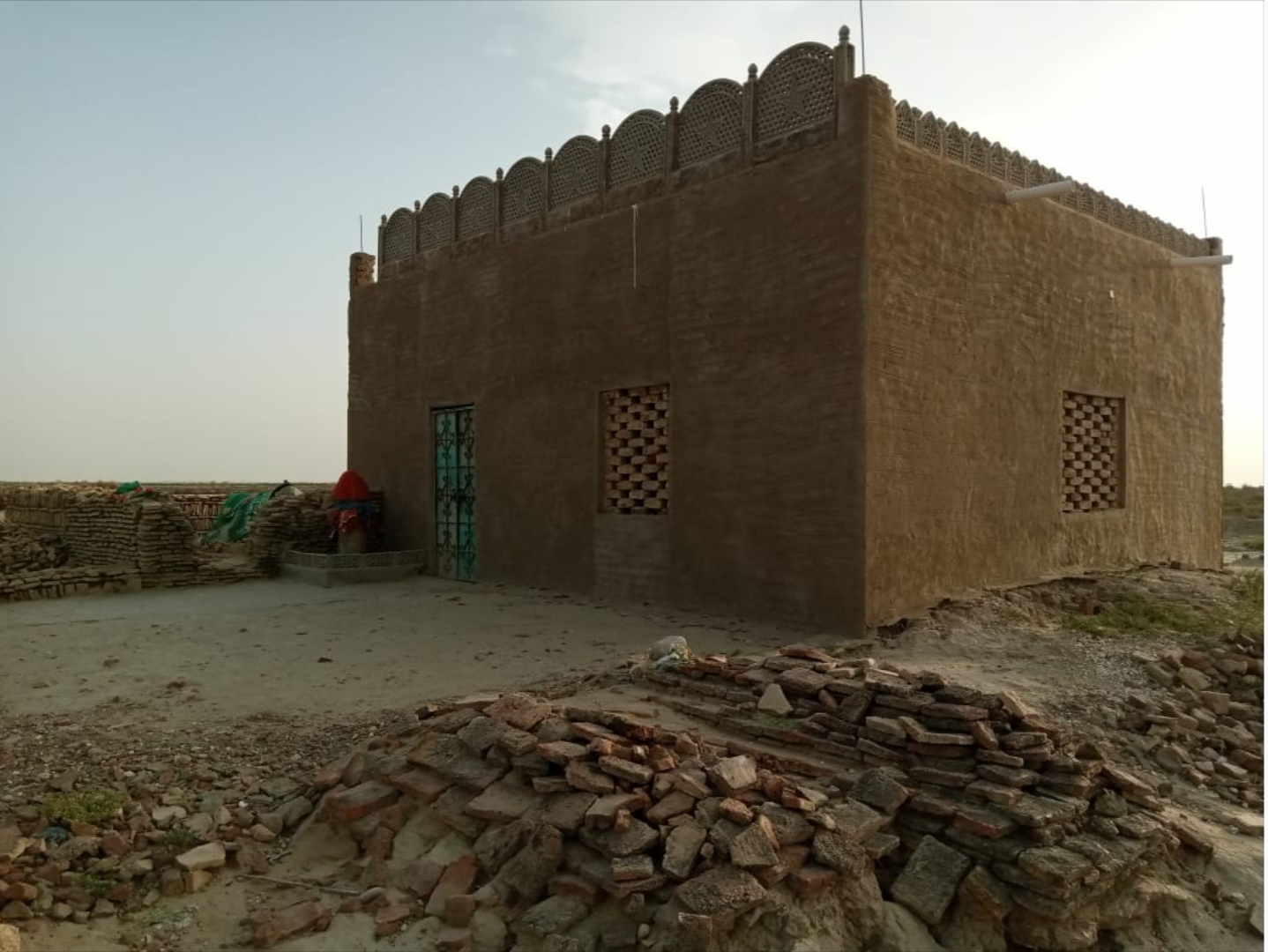
Author argues that the Miri, located near an ancient village Garhi in Khairpur Nathan Shah Taluka, was built by Mian Naseer Muhammad Kalhoro, not by any Talpur Mir.
Aziz Kigrani
Miri means the residence of a leader or a rich man. According to the linguists, word ‘Miri’ is derived from Mir. In the Urdu dictionary Feroz-ul-lughat, Mir means rich or leader from which ‘Miri’ is denoted as the abode of the rich. Sindhi Language Authority Hyderabad Sindh has published a volume Sindhi language dictionary of Dr. Nabi Bakhsh Baloch, which says that Mir means rich and Miri means rich man’s or leader’s residence.
Mian Naseer Muhammad Kalhoro’s ‘Miri’ is located near ancient village ‘Garhi’ in Khairpur Nathan Shah Tehsil of Dadu District, Sindh.
In Sindh, the Kalhora family started Mianwal Movement, with the large group of followers under the influence of Miran Muhammad Jaunpuri’s Mehdavi Movement.
 The Kalhoras themselves adopted the title of ‘Shah’. They formed a large circle of disciples and devotees whoe spread from Sindh to the entire Seraiki Belt of present Punjab, Pakistan. Their family members are still buried in Seraiki Belt. The Kalhoras gathered devotees and followers on the platform of the Mianwal movement. Among them were generals and warriors. They activated the Mianwal movement for power under flag of the Mianwal movement.
The Kalhoras themselves adopted the title of ‘Shah’. They formed a large circle of disciples and devotees whoe spread from Sindh to the entire Seraiki Belt of present Punjab, Pakistan. Their family members are still buried in Seraiki Belt. The Kalhoras gathered devotees and followers on the platform of the Mianwal movement. Among them were generals and warriors. They activated the Mianwal movement for power under flag of the Mianwal movement.
Mian Naseer Muhammad Kalhoro (1657-1692) after his release from Gwalior Jail, settled at village ‘Garhi’ in present Khairpur Nathan Shah Tehsil of Dadu District and activated Mianwal Movement. Here he built a large mosque which still exists and is a great instance of historical heritage of Sindh. Mian Naseer Muhammad also built a ‘Daira’ (Gethering place) which shows the influence of Miran Muhammad Jaunpuri’s Mehdavi Movement. In the Mianwal Movement, ‘Dairas’ were considered as sacred place as well as the centers of military training for facing the enemy.
 The ‘Dairo’ which was near Mian Naseer Muhammad Kalhoro’s residence or ‘Miri’, which still exists. There is also a shrine of Fateh Faqir Pakhali near ‘Miri’. Pakhali is the one who fetches water in Pakhal and supplies to others. Fateh Faqir Pakhali used to supply the water to Mian Naseer Muhammad Kalhoro’s ‘Miri’ or Haveli, hence he was called Fateh Faqir Pakhali and now he is considered as Pir being devotee of Mian Naseer Muhammad Kalhoro.
The ‘Dairo’ which was near Mian Naseer Muhammad Kalhoro’s residence or ‘Miri’, which still exists. There is also a shrine of Fateh Faqir Pakhali near ‘Miri’. Pakhali is the one who fetches water in Pakhal and supplies to others. Fateh Faqir Pakhali used to supply the water to Mian Naseer Muhammad Kalhoro’s ‘Miri’ or Haveli, hence he was called Fateh Faqir Pakhali and now he is considered as Pir being devotee of Mian Naseer Muhammad Kalhoro.
However, the locals attribute this ‘Miri’ or residence to Talpur Amirs who were the devotees and commanders of Mian Naseer Muhammad Kalhoro’s Mianwal Movement. The actual residence of Mirs, the devotees and generals of Mian Naseer in this area and their jagirs allotted by Mian Naseer were in Drigh Bala, a town in Johi Tehsil of Dadu District, Sindh while the village ‘Garhi’ was the residence of Mian Naseer and was then central village of the Mianwal movement during his time.
 Therefore, it could be said that the ‘Miri’ did not belong to the Mirs, but to Mian Naseer Muhammad Kalhoro. There are some strong arguments in this regard. Historians of Sindh have written that the residence of Mian Naseer Muhammad Kalhoro was village Garhi. In the fresco paintings on the walls of the tombs in this area it is also depicted as the residence of Mian Naseer.
Therefore, it could be said that the ‘Miri’ did not belong to the Mirs, but to Mian Naseer Muhammad Kalhoro. There are some strong arguments in this regard. Historians of Sindh have written that the residence of Mian Naseer Muhammad Kalhoro was village Garhi. In the fresco paintings on the walls of the tombs in this area it is also depicted as the residence of Mian Naseer.
Apart from this, the mosque built by Mian Naseer at village Garhi near ‘Miri’, Mian Naseer Kadairo’s Dairo and the mausoleum of Fateh Faqir Pakhali near Garhi also prove that it was not ‘Miri’ of Talpurs but the Miri or residence of Mian Naseer Muhammad Kalhoro.
The Miri is spread over a large area. Now, at the site of monument of the Miri there are traces of main gate of Miri, some pillars and dilapidated walls. The whole Miri has become now ruins.
________________
 Aziz Kingrani, hailing from village Haji Manik Kingrani, Johi, Dadu District, Sindh, Pakistan, is poet, short story writer, playwright and a researcher. He has been contributing in the fields of history and literature. He has served as a professor as well. His 17 books are published in English and Sindhi language.
Aziz Kingrani, hailing from village Haji Manik Kingrani, Johi, Dadu District, Sindh, Pakistan, is poet, short story writer, playwright and a researcher. He has been contributing in the fields of history and literature. He has served as a professor as well. His 17 books are published in English and Sindhi language.